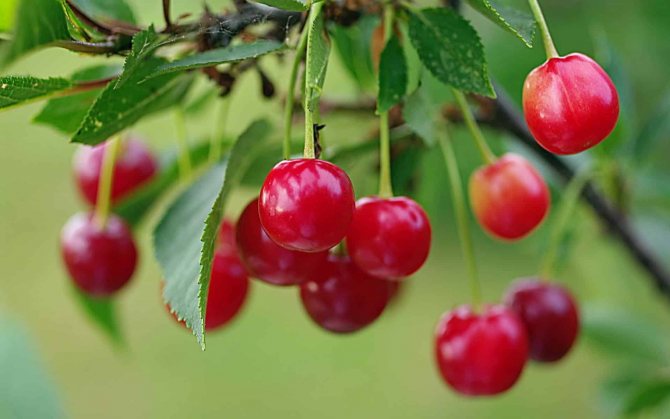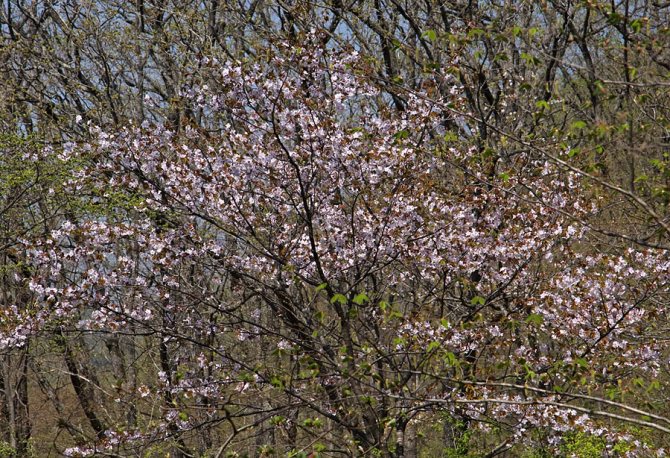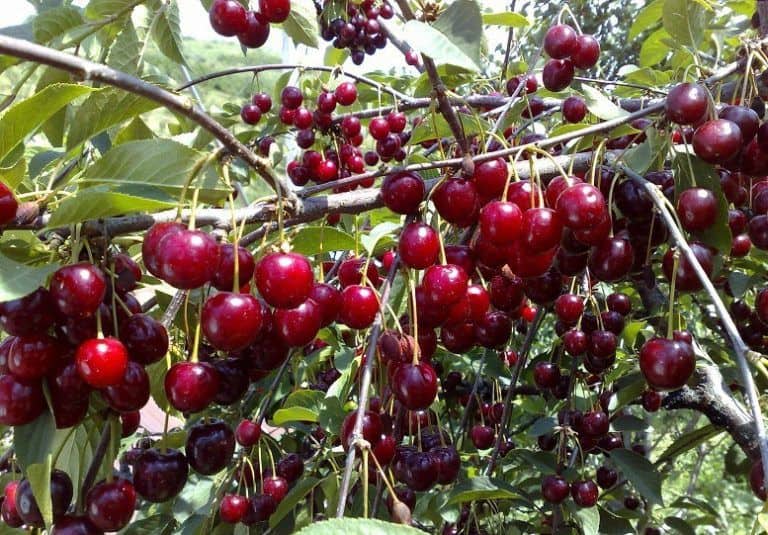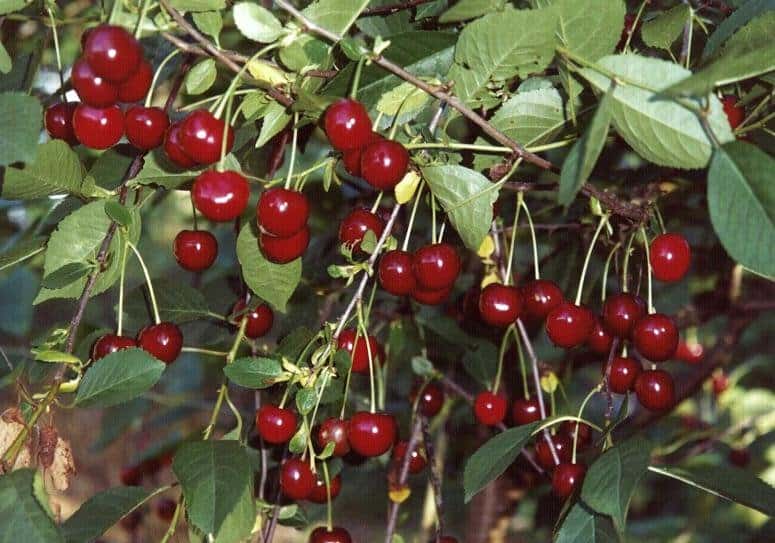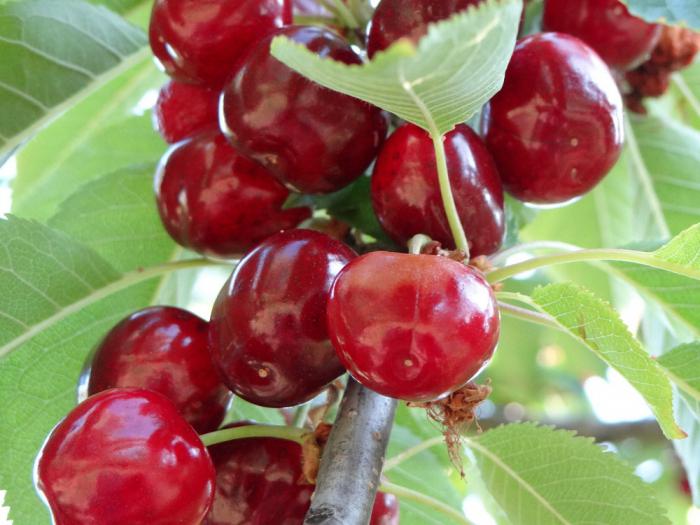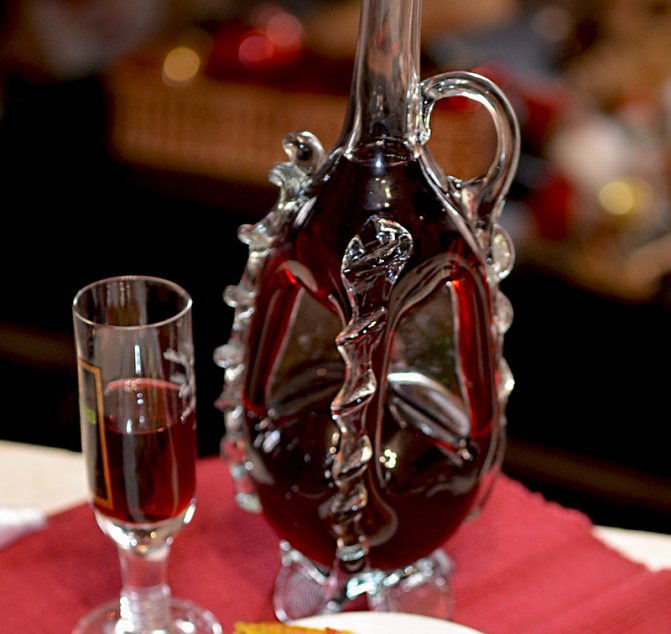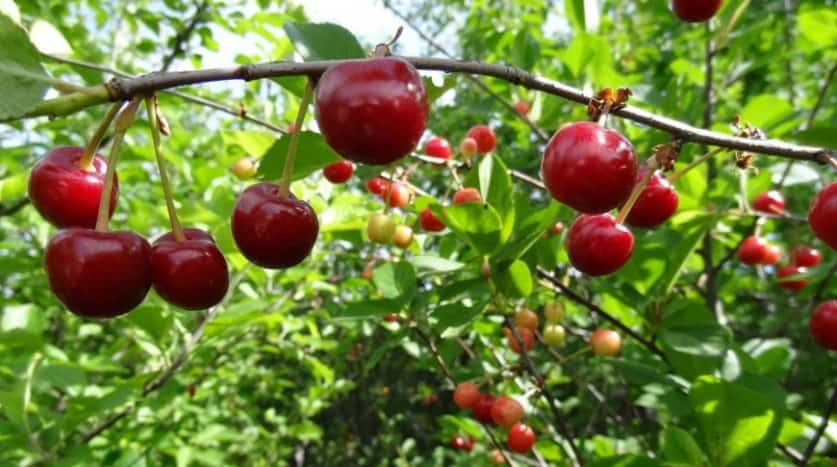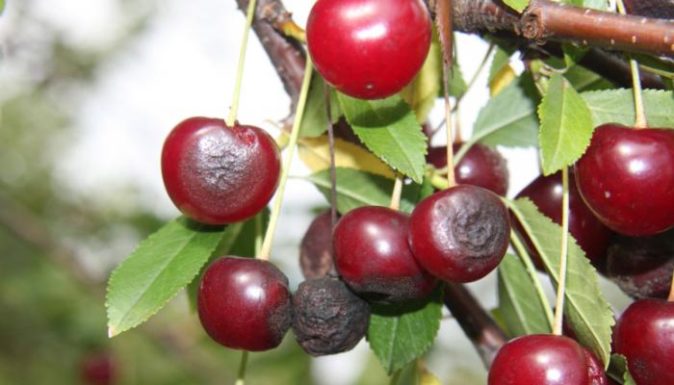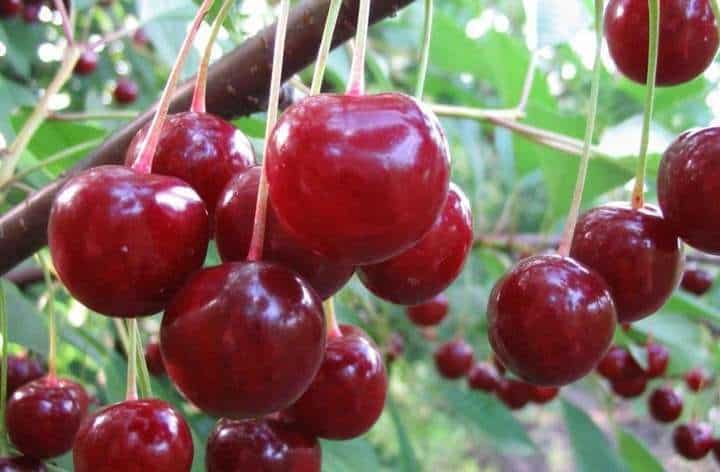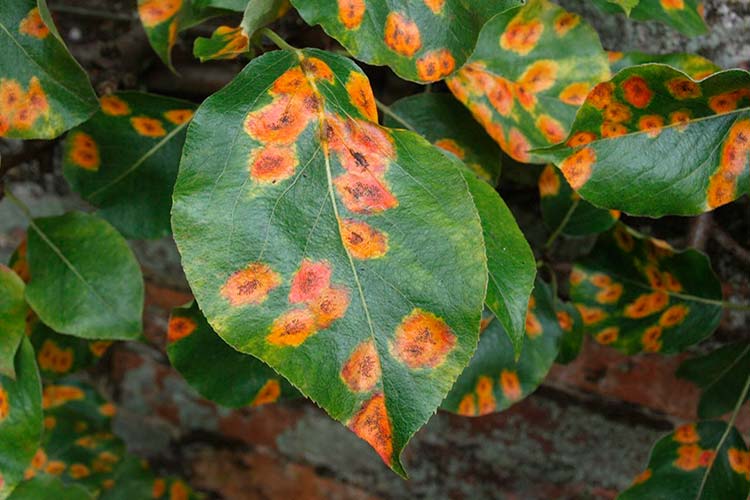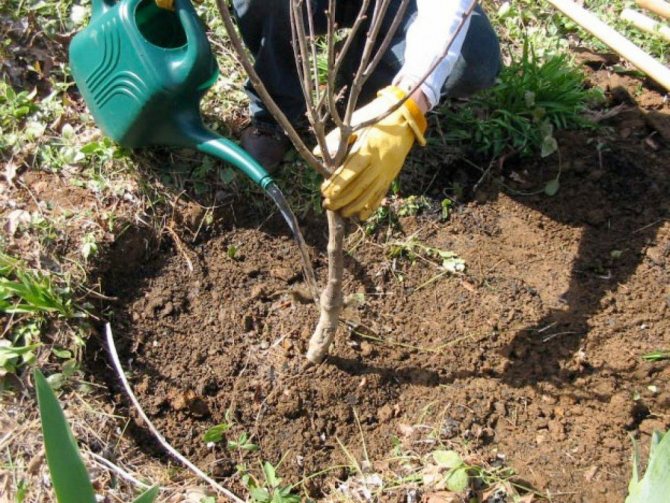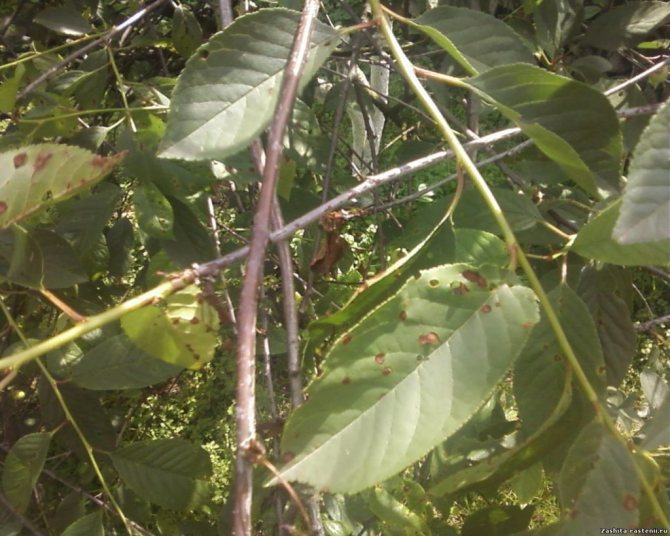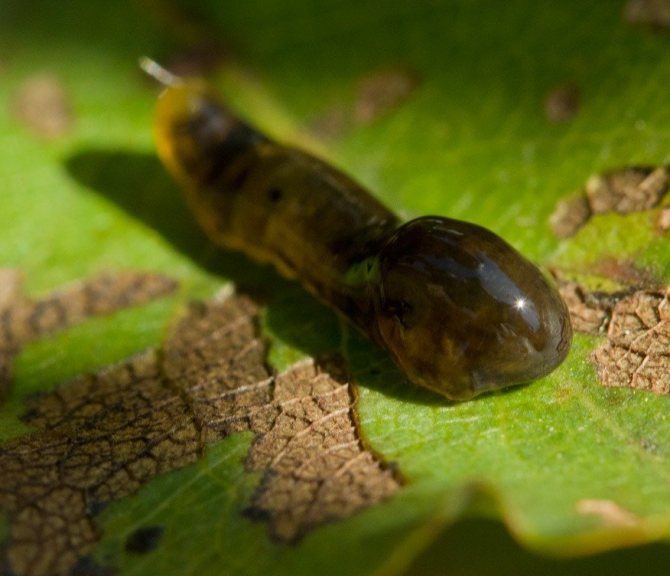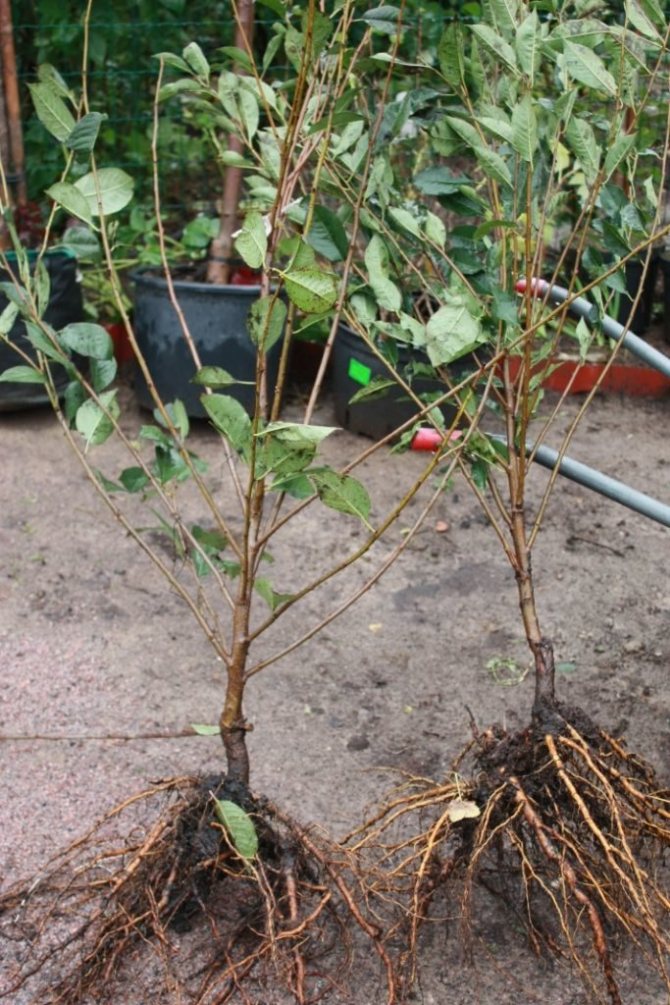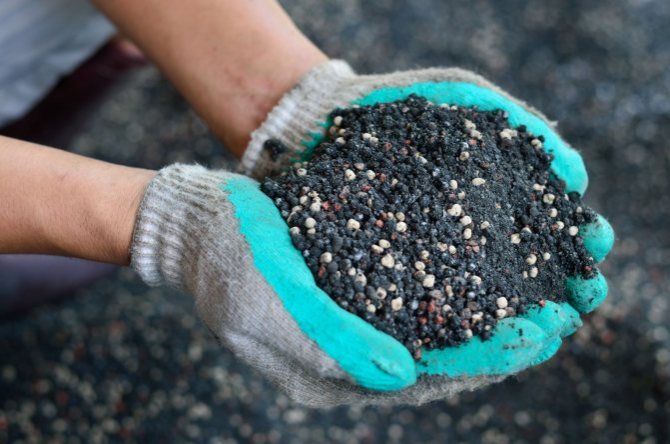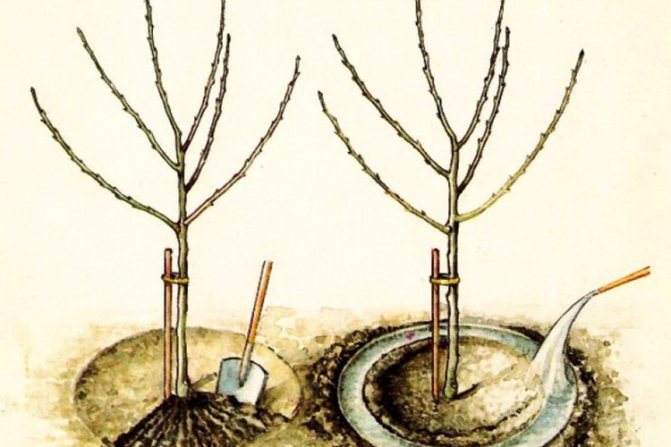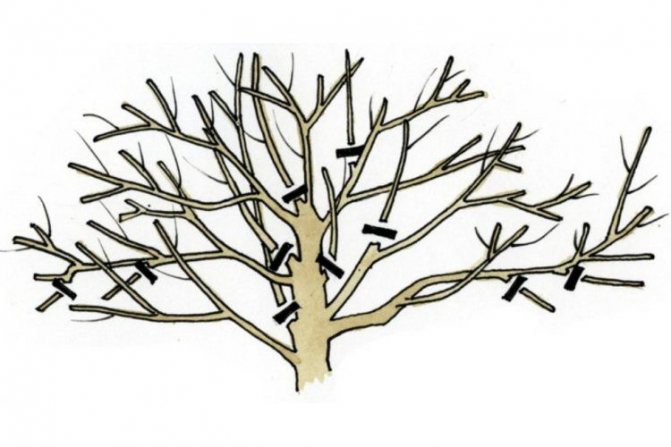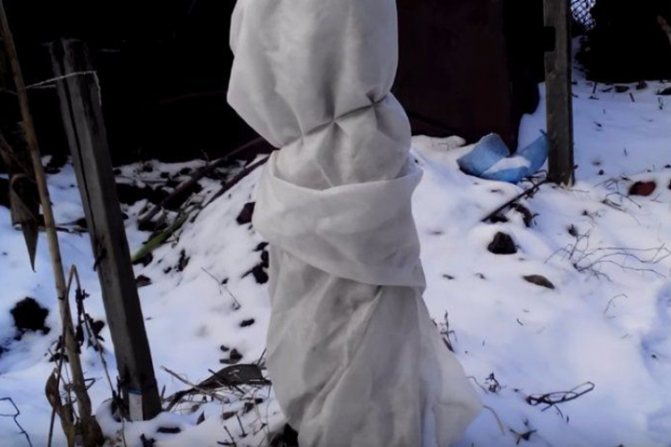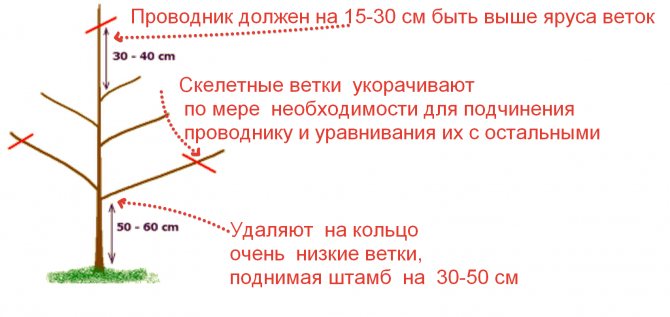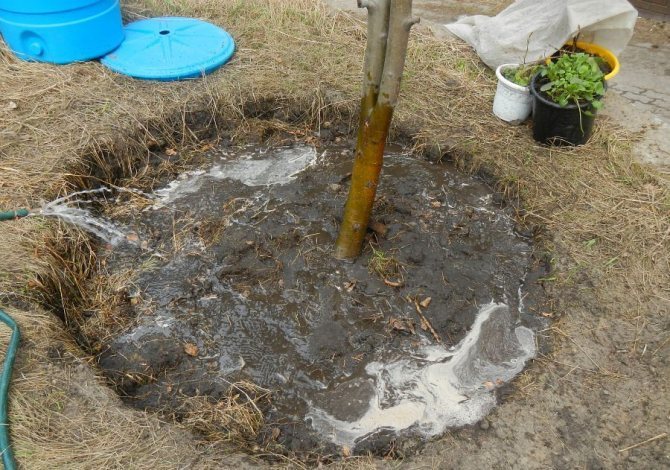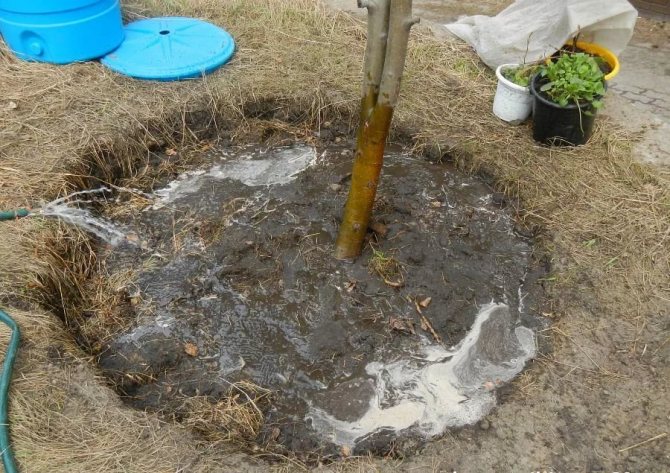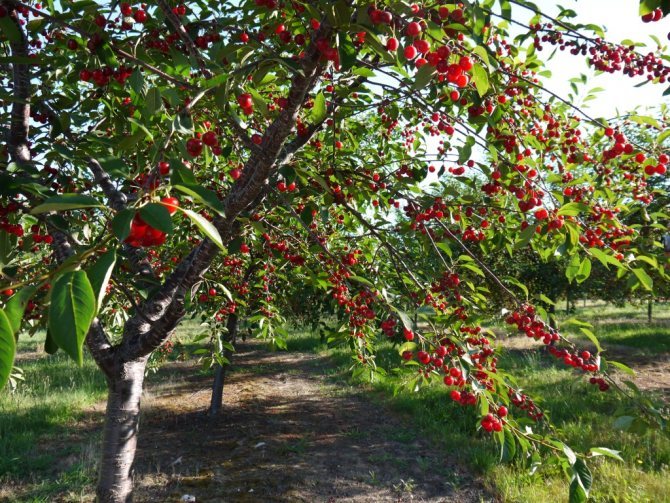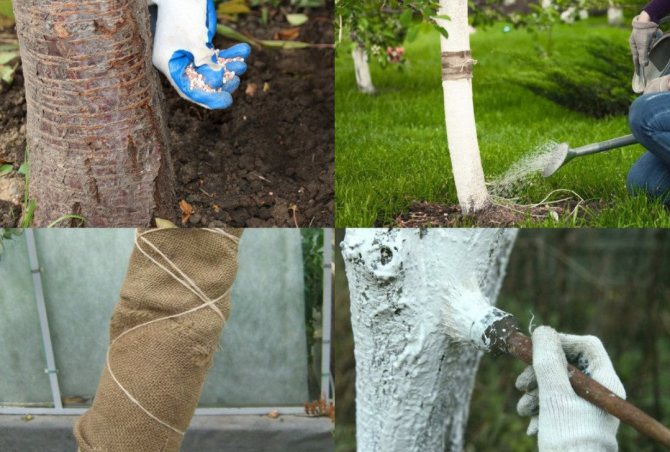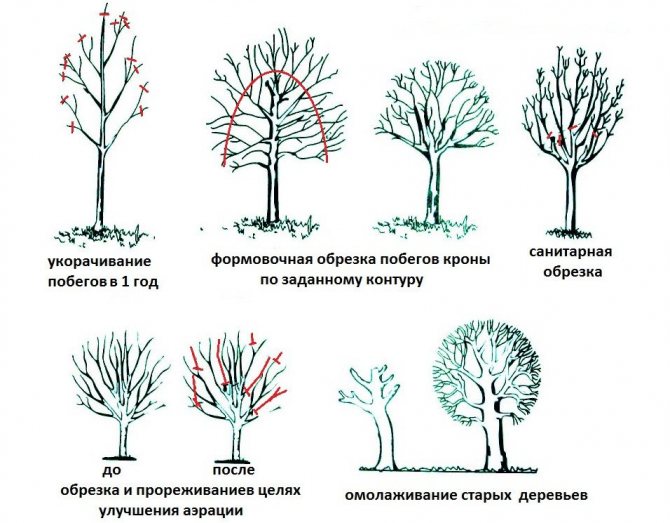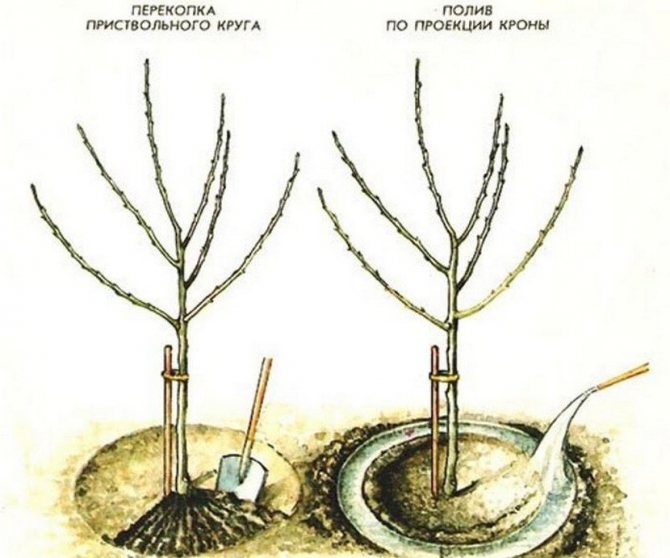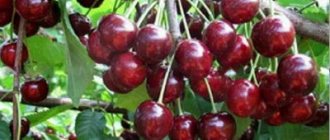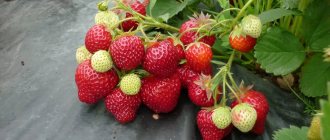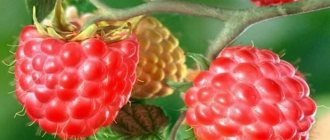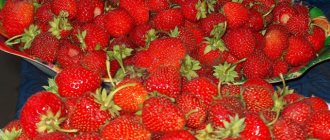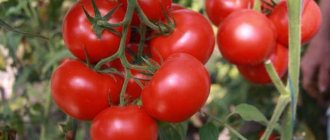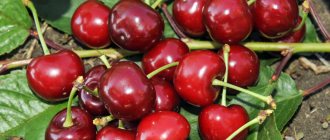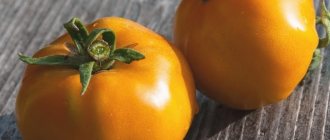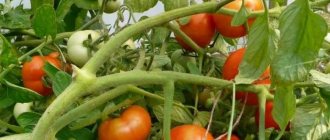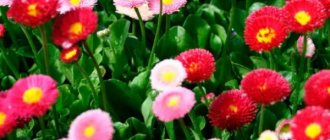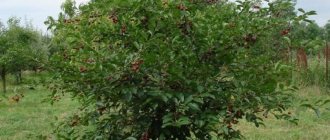Cherry Turgenevka is a favorite variety of all gardeners. It has been tested by time and experience. Cherry trees are a regular feature of any garden plot. Cherry is the favorite berry of both children and adults. And who does not like fragrant cherry compote or delicious jam made with love from these wonderful berries.
Growing cherries is within the power not only of experienced gardeners, but also for novice gardeners, as soon as it is worth choosing the right variety that is suitable specifically for your climate and for your soil composition. It is Turgenevka who meets all these criteria, and her merits are countless.
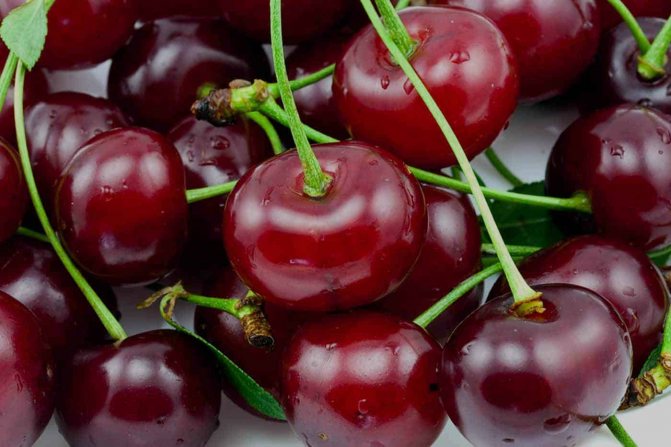
Cherry Turgenevskaya: variety description
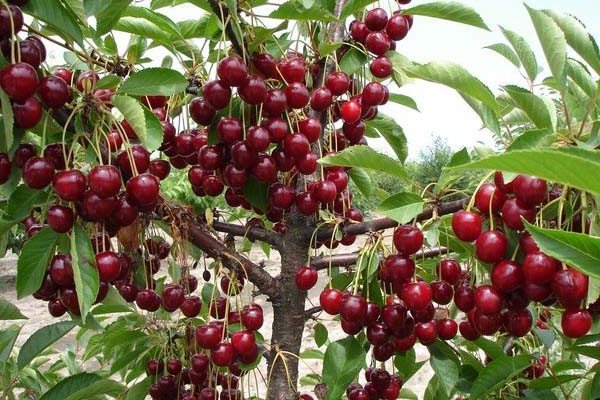

Cherry Turgenevskaya ("Turgenevka") was obtained by scientists of the All-Russian Research Institute of Selection of Fruit Crops of the Oryol Region (TS Zvyagin, AF Kolesnikova, GB Zhdanov). The variety was bred by pollination using the cherry variety "Zhukovskaya". "Turgenevka" was sent for a trial period, thanks to good results, the variety was entered in the state register in 1974.
Characteristics of the tree.
- Medium height.
- Height - 3-3.5 meters.
- The crown is medium in density, pyramidal inverted.
- Shoots are vertical, medium in length, brown in color.
- Buds are cone-shaped, grow up to 50 mm.
- The bark is brown and has a bluish tone.
- The leaves are dark green in color, narrow, in the shape of an oval, have pointed ends.
- The glossy sheet resembles a boat.
- The inflorescences contain 4 flowers. White petals, tightly pressed to each other. The flower has a size of about 2.5 cm.
- Features of berries.
- The average weight is 4.5 g.
- Size - 2x2 cm.
- Wide heart shape.
- The peel of ripe berries is bright burgundy.
- The inner content of the fruit is plump and juicy.
- The taste is sweet and sour.
- Cream-colored seeds weigh 0.4 g.
- The stalks are about 5 cm long.
- The seeds are easy to separate from the pulp.
- Assessment of tasters - 3.7 pts / 5 pts.
The variety is recommended to be cultivated in Bryansk, Belgorod, Kursk, Orel, Voronezh, Lipetsk regions, in North Ossetia.


Cherry Turgenevskaya: photo of the variety
Feedback from cultivators suggests that the Turgenevskaya cherry variety is famous for its tolerance to dry and frosty periods, and has immunity to diseases and harmful insects.
Resistant to dry periods and winter seasons.
- The variety is moderately resistant to dry periods. In the heat, watering should be done, especially when the tree is in bloom.
- The variety is highly resistant to the winter season. It is famous for its tolerance to low temperature conditions up to -35 degrees.
- Flower buds are moderately cold-resistant. This cherry species is subject to frost in the spring season and unexpected changes in temperature.
Cherry Turgenevskaya: cultivar pollinators
- Variety of medium ripeness (15th of May). The fruits ripen in the first days of July or in the 15th of July.
- The variety can partially pollinate on its own, producing crops without helpers. In order to increase the yield, a cherry tree or other cherry species that bloom at the same time are planted close to the plant.
- The best pollinators for Turgenevskaya cherry: "Lyubskaya", "Favorite", "Molodezhnaya", "Griot Moskovsky", "Melitopol joy".If "Turgenevka" was pollinated by the above varieties, then the shoots will definitely be covered with berries, plus they will begin to lean towards the soil due to the severity of the fruits.
Yield indicator.
- Turgenevskaya cherries begin to bear fruit 4-5 years after planting. The tree lives for 20 years, after which a replacement is needed.
- A young tree gives about 10-12 kg of berries. An adult tree is 20-25 kg.
- After the berries are ripe, they do not fall off, they also hang on the branches. Under the sun's rays, their inner contents can wither and become sweeter.
Cherry Turgenev: application
Turgenevskaya cherries are used to make homemade canned food: juices, compotes, preserves, tinctures, syrups, fruit drinks are made. Due to the sour taste of the berries, they are rarely eaten fresh.
Immunity to diseases and harmful insects.
The species has an average immune defense against diseases and harmful insects. More often, the appearance of symptoms of moniliosis and coccomycosis occurs on trees. Preventive measures include spraying.
Landing features
The variety requires sandy or sandy loam soil with neutral acidity. It is also important to take into account good illumination, protection from the wind, high humidity of the site. The groundwater level must be at least 1.5 m.
The best time for planting is spring (before the start of sap flow). If a decision is made to plant several plants, then the distance between them should be at least 2 m.
Sapling selection
An annual seedling is the best option for planting. The length of the roots must be at least 20 cm, the total height is 1 m. Examine roots and twigs - spots or growths or dry spots indicate problems. The seedling is best purchased in a specialized nursery.
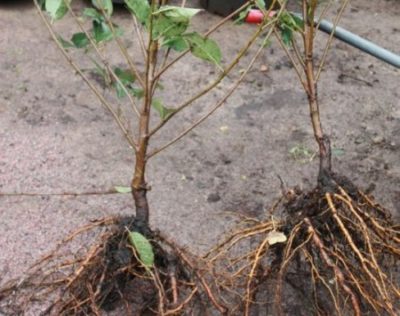

Cherry seedlings are best purchased in a specialized nursery.
Step-by-step planting process
- 2 weeks before planting, prepare a hole 60 cm deep, 80 cm wide, it is good to shed it.
- Mix the top layer of soil with fertilizers (a bucket of humus, 150 g of superphosphate, 40 g of potash fertilizer, 400 g of ash).
- Pour the mixture into the hole, filling 1/2 or 2/3, form a mound.
- Put a tree on it, spread the roots along the slopes.
- Fill with the remaining soil, leaving the root collar above the ground.
- Dig in the tree with a roller that will retain moisture.
- Pour 1-2 buckets of water.
- Mulch the ground at the trunk.
Too acidic soil can be limed (200 g of lime in a planting pit), and excess clay can be neutralized with sand (1 bucket).
Cherry Turgenevskaya: the pros and cons of the variety
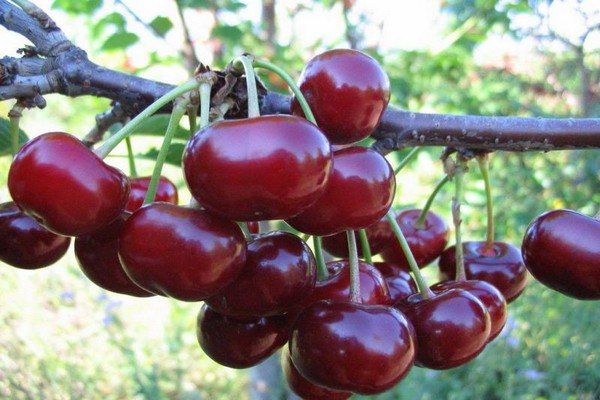

Cherry Turgenevskaya: photo of the variety
Advantages.
- High and regular yield rate.
- Large berries.
- Excellent resistance to the winter season.
- The berries are well transported.
Minuses.
- The taste is sour.
- The harvest depends on the pollinators.
- The rate of return of fruits is low compared to the average level.
Experienced gardening tips
Gardeners are advised to adhere to the following recommendations for the care and cultivation of cherry trees:
- when taking care of the plant, take into account its varietal characteristics;
- the introduction of dressings should be timely, you should not increase their dosage unnecessarily;
- garden work is carried out only with clean tools treated with alcohol;
- carry out annual preventive measures against diseases and pests.
It is helpful to learn how to deal with a cherry fly.
Cherry variety Turgenevka is distinguished by high indicators of frost resistance and good resistance to diseases, which makes it possible to grow the plant in regions with a temperate climate. The culture is unpretentious, so it does not require much effort in leaving the gardener.
How to plant plants correctly.
The Turgenevskaya cherry variety is planted at a certain time. Fruiting is influenced by the competent choice of a site for cultivating cherries.
When to plant cherries.
Turgenevskaya cherries are planted in the autumn season, mainly in September-October, during leaf fall. It is required to plant a tree before the cold snap sets in for the successful rooting of the seedling.
If the plants are planted in the spring season, then planting begins after the soil has warmed up, but before the buds have blossomed. The optimal time period for cultivation is the 20th of April.
How to choose a site for planting.
Cherry varieties Turgenevskaya like well-lit areas. Plants are planted in an elevated location or in a plain. It is better not to plant seedlings in areas where underground waters pass close to the surface or in low-lying places where water accumulates.
This cherry species grows well in soddy soil: loamy or sandy loam. Sweep away the acidic soil immediately. It is not suitable for tree cultivation. But you can lower the acid level with lime or dolomite flour, embedded in the soil to the depth of a shovel bayonet. After 7 days, compost fertilizer is applied to the soil.
What plants are allowed and prohibited to plant next to the variety.
Cherry Turgenevskaya will get along well with other shrub plants. Other cherry varieties, grapes, mountain ash, hawthorn, sweet cherry, honeysuckle are planted close to the tree at intervals of 2 meters. Exceptions: raspberries, currants, sea buckthorn. You can also cultivate an elderberry nearby, it will scare away aphids with its smell.
Fruit plants, such as apple, pear, apricot, are recommended to be cultivated at a distance of 5-6 meters from the cherry tree. Because their crown shades the cherry, and the root system takes a large amount of nutrients from the soil.
The planted cherries do not have ridges with tomatoes and peppers. Also, do not plant "Turgenevka" near birches, lindens, maples, oaks.
How to choose and prepare material for planting.
To plant Turgenevskaya cherries, take a seedling 2 years old, which has reached a height of 0.6 m and has a trunk diameter of 2 cm. Roots and shoots should not have rot, cracks and any other damage.
After purchasing a seedling, its root system is kept in clean water for 3-4 hours. The drug "Kornerost" is also added to the water to stimulate root formation.
Work progress.
- On the site that has been selected, a planting hole is dug with a diameter of 0.7 cm, it should be 0.5 m deep.
- The hole remains for 21-28 days for sitting. For spring planting, the preparation of the hole can be carried out late in the fall.
- Ash (1 kg), potassium sulfate (20 g), superphosphate (30 g) are added to the nutrient-rich soil.
- The soil mixture is poured into the hole, then the seedling is placed there.
- The roots are straightened and covered with soil.
- The soil should be well tamped.
- The seedling is watered abundantly.
Care
Turgenevka's care consists in:
- watering, which is carried out as needed. Waterlogging of the soil should not be allowed, and it should also not be allowed to dry out. In the fall, before the onset of cold weather, moisture charging is necessarily done, thanks to which the trees will be able to winter well;
- weeding and loosening. The soil around the tree should be periodically cleaned of weeds, as well as organic debris that can harbor bacteria and fungi, as well as insect larvae. Loosening is necessary to saturate the root system with oxygen;
- crown formation by pruning, which is carried out, as a rule, in the spring;
- dressings, which are used as organic matter, applied every three years, and mineral complexes, which must be applied annually several times per season;
- preventive treatment of trees from insect pests, carried out twice a season, in spring, before leafing out, and in summer, two weeks before fruit ripening;
- preparation for wintering, which is very necessary for young trees. Their trunks are wrapped with any material, and the distance around the roots is covered with mulch - humus or peat.
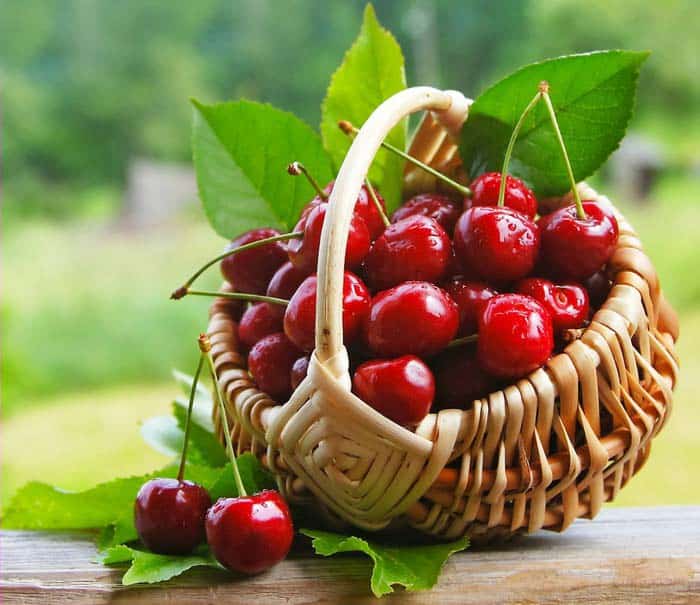

Cherry Turgenevskaya: agrotechnical techniques.
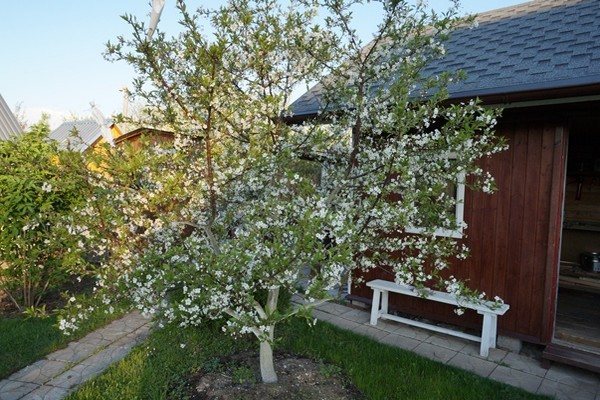

Cherry Turgenevskaya: photo of the variety
When pruning Turgenevskaya cherries, dry, weak, broken and frozen shoots are removed. Prune the plants before or after the growing season.
To prepare cherries of the Turgenevskaya variety for the winter season, it must be very watered in large quantities late in the fall, after which the trunk must be piled up. The trunk circle is also mulched. To protect the tree from rodent pests, spruce branches are tied to the trunk.
If there is a lot of precipitation, then the plant does not need to be watered. If, at the time when the trees are blooming, a dry period has come, then watering must be applied every 7 days.
It is necessary to start feeding the cherries fully 3 years after planting. Early in the spring, infusion of mullein is introduced. When the plants are blooming and have already faded, superphosphate and potassium salt (50 g each) are embedded in the soil.
Pests
Cherries are often affected by insects such as:
- aphid;
- weevil;
- cherry moth;
- cherry sawfly.
The cherry aphid is a black insect, about 2 mm long, settling on young shoots, on the underside of leaf plates. The pest sucks juice from young cherry leaves, which then curl, dry and die. To get rid of aphids, you must first eliminate anthills on your garden plot, since ants contribute to the spread of these insects. In addition, watering the cherries with water from a hose helps, the liquid will mechanically wash the parasites from the tree. From chemicals, you can use the popular insecticide Iskra, as well as the bioinsecticide Fitoverm.
Cherry shoot moth is a reddish-brown butterfly, no more than 5 mm in size. Its larvae eat cherry buds, buds, young shoots. Caterpillars hibernate and pupate in the ground under a tree. To combat caterpillars, the soil in the near-trunk circle is dug up, loosened, cherry trees are sprayed with insecticides. From folk remedies, tobacco-garlic infusion is used.
Similar to black leeches, cherry slimy sawfly larvae feed on leaves, weakening the plant and reducing yield. To combat the sawfly, the larvae are collected by hand, dust the trees with ash, use biological insecticides that are harmless to humans and plants. Aggressive chemistry is usually not used.
Diseases and harmful insects. How to fight and prevent the occurrence.
- Moniliosis... Signs: drying of leaves, flowers, tops of shoots, gray growths appear on the bark. How to fight: spray the tree with Bordeaux mixture or with the preparation "Kuprozan" (solution). Preventive measures: spray plants with fungicides in the spring and autumn seasons, whitewash the lower part of the trunk.
- Coccomycosis... Signs: brown dots appear on the leaves, a pinkish bloom is visible under them. How to fight: spray with Bordeaux mixture and copper sulfate (solution).
- Spotting... Signs: the appearance of brown or yellow spots on the leaves, the flesh begins to dry out. How to fight: spray with a solution of copper sulfate (1%).
- Aphid... Symptoms: the leaves are curled up into tubes. How to fight: treat plants with insecticides, namely, Fitoverm. Preventive measures: dig up the ground, remove old leaves, spray with insecticides.
- Cherry fly. Symptoms: larvae eat the pulp of berries, they rot and fall off. How to fight: spray with insecticidal preparations "Aktara" or "Iskra".
- Moth... Symptoms: The larvae eat the berries, therefore, the harvest is lost. How to deal: treat trees with benzophosphate.
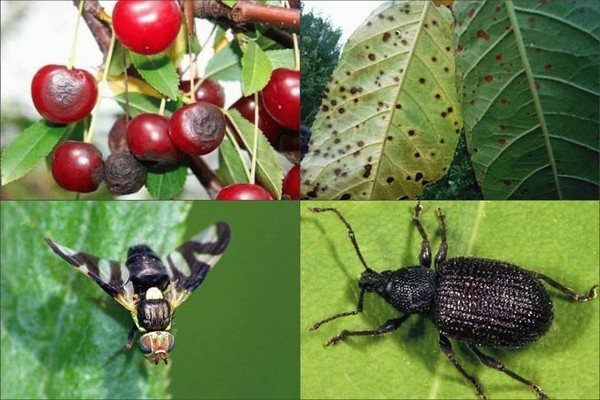

Diseases
Turgenevka is moderately resistant to coccomycosis and moniliosis.
May be affected by:
- clotterosporia;
- phyllostictosis;
- scab cherries;
- rust;
- anthracnose;
- powdery mildew;
- gommosis;
- bacterial burn;
- bacterial cancer.
Clasterosporium or perforated spot is a fungal disease caused by Clasterosporium carpophilus. The development of infection is favored by high humidity and low air temperature. The fungus affects all aerial parts of the cherry tree. Outbreaks of the disease occur in early spring, late autumn, and during winter thaws. The fungus does not like heat. You can suspect a disease by finding yellowish-brown spots on the leaves, with a darker perimeter, about 2 mm in diameter. Holes soon appear in place of the stains. The leaves dry and then fall off, the flowers die off, the berries are covered with a brown coating. Spots also appear on the bark of the tree, turning into ulcers, from which gum flows. The yield is reduced, and if the disease is started, the cherries may die. For prevention in spring and autumn, trees are treated with fungicides.
Cherry Turgenevskaya: reviews of the variety
Marina, 40 years old, Saratov region: “At my summer cottage I grow 2 cherry trees of the Turgenevskaya variety. For 4 years now I have had a rich harvest from this. The branches bend over from the weight of the berries. Pollinators are essential for a bountiful harvest. There are 3 varieties of cherries growing close to Turgenevskaya, they are pollinators for Turgenevskaya cherries. Cherry is not afraid of winter, it is not susceptible to disease, but we process the trees stably. The berries are large, dark, and have a pleasant aroma. We prepare jams and compotes from them. We also make freezes. One minus of Turgenevskaya cherries is that the fruits are a little sour, especially when they are picked early. "
Alexander, 47 years old, Krasnodar Territory: “2 years ago I planted Turgenevskaya cherry in my dacha. I was very surprised that year. Nice, of course. The variety gave a large harvest, large berries. The tree is of medium stature, is immune to disease. Berries are bright, almost black in color, do not have symptoms of coccomycosis. Although the Turgenevskaya cherry variety is pollinated by itself, cherries and cherries are planted near it, which pollinate it. The tree blooms and produces so many fruits that it can be compared with garlands. The taste of Turgenevskaya cherry has a sourness, which means that the berries are used for spinning. "
Cherry Turgenevskaya: video about the variety
Harvesting
The yield of Turgenevka is 10 kg from 1 young tree, and up to 25 kg from an adult. She begins to bear fruit 5 years after planting.
The first berries ripen in early July. Cherries are harvested in dry, calm weather.
Cherries harvested before ripening are noticeably sour.
The berry will stay in the refrigerator for about 20 days. If possible, place cherries in the basement, you should use them - at a temperature of 10-12 ° C, the fruits will lie for 1.5 weeks. In this case, the layer should not exceed 5 cm, the berries should not be washed before that. You can use Turgenevka in any form, but because of the sour taste, housewives prefer to process it, making jam, compotes, jams.
Another way of storage is drying (in the sun or in the oven).


Dried cherries do not lose their qualities

